Short-Communication 
 Creative Commons, CC-BY
Creative Commons, CC-BY
Green Synthesis of Copper Nanoparticles Using Aqueous Solution of Flowers of Capparis Decidua from Cholistan Desert
*Corresponding author: Farrukh Jaleel, Assistant Professor, Department of Chemistry, Khwaja Fareed University of Engineering and Information Technology, Rahimyar Khan, 64200, Pakistan.
Received: October 19, 2020; Published: October 30, 2020
DOI: 10.34297/AJBSR.2020.10.001557
Abstract
The undeniable impact of nanotechnology in biomedicines science is further explored by the rapid green synthesis of Cu nanoparticles (NPs) from flower extract of a deserted region species, Capparis decidua which is proven to be an important pharmacological medicine. The extract of Capparis decidua exhibits potential against diseases like paralysis, diabetes, cough, asthma, enlarged spleen. Synthesized NPs were characterized by UV-vis, FTIR, SEM, and EDX spectroscopy, and results declare the conformation of these NPs which can enhance extracts effectiveness against diseases.
Keywords: Cu Nanoparticles (NPs), Flower Extract, Green synthesis, Pharmacological Medicine
Introduction
Herbal medicines constitute natural compounds isolated from plant sources [1] which 90-95% are obtained from natural sources [2,3]. Besides having a less toxic and more therapeutic nature their drug delivery system is the main area of concern for scientists and pharmacologists. “Herbal remedies” term is referred to the 90-95% plant extract-based NPs [4] due to effective drug delivery action with less toxic side reactions. A statistical data of 1981-2007 shows 50% of drugs are plant-based NPs while new drugs in the era of 1981-2007 specifies that almost 50% of drugs are synthesized utilizing NPs obtained from plant sources because of compact size and effective drug action [5]. Desert plant shows exceptions as the herbal drugs, being rich in metabolites used both traditionally and pharmacologically. Present studies emphasize on reporting Cholistan desert species, covers around 26,000 Km2 area located south of Punjab, Pakistan accounts for 154 plant species belong to 106 genera and 38 families [6].
Phytochemical composition indicates terpenes, steroids, phenolics, flavonoids, quinones, anthocyanidins, saponins, antioxidants etc. Researchers recently showed immense interest in Cholistan desert flora to advance their importance with the help of nanotechnology. Very few species have been reported for synthesizing NPs of metals like Ag, Au, CuO, and ZnO and found that these NPs possess a wide range of biological activities including anti-microbial, antidiabetic, anti-analgesic, anti-plague [7]. Capparis decidua is commonly termed as Delha, Kari, Caper, Kabra, Karyal, Handbag, Karil, Kair, Ker, Teens, Della, and Nepti in different regions [8,9] about which important information are presented in the table. So far being neglected, the very first time encyclopedic presented matter of concern is to utilize this flora as a source of biomedicinal treasure that not only serves suffering humanity but also play an important part in the country’s economy.
Materials and Method
Materials
Flowers of Capparis decidua plant were collected from the Cholistan Desert. The copper salt (CuSO4.5H2O) was purchased from Sigma Aldrich.
Preparation of Extract
The flowers were washed properly with distilled water and parched in shelter for 4-5 days. The dried flowers were then crushed by a grinder followed by the preparation of broth by boiling 10g powder in 100mL of distilled water at 60°C for 40 minutes. The resulted infusion was allowed to cool down to room temperature and filtered.
Synthesis of Metal NPs
80mL of plant extract was added in 100mL followed by the addition of 2g of metallic salt and stirred at 60°C for 1 hour. The reduction of metallic ions takes place. The production of NPs was observed by color changing from light brown to dark brown in this case. This methodology is presented in illusion form in Figure 1.
Results and Discussion
The Cu NPs were periodically examined by UV-Visible spectroscopy in the wavelength ranging from 200-800nm at room temperature. To identify the possible functional groups, present in the NPs they were subjected to the FTIR spectroscopy. To identify the shape of NPs SEM spectroscopy was used. Then scanning electron microscopy was used to investigate the size and shape of the NPs. EDAX was used to do elemental analysis of biogenic copper NPs.
UV-Visible Spectroscopy
UV visible spectroscopy is the first characterization technique that confirms the synthesis of Cu NPs. Cu NPs were analyzed by UV visible spectroscopy via Shimadzu UV-2450 spectrophotometer to confirmation the synthesis of NPs. Absorbance of synthesized of NPs was measured in solution form. The graph shows an absorbance peak at 390 nm confirming the synthesis of Cu NPs as indicated in spectral (Figure 2).
FTIR Spectroscopy
Fourier transform spectroscopy describes the presence of
functional groups attached to Cu NPs. Relative frequencies describe
the bond bending, bond stretching, and the presence of functional
groups in the compound. The Fourier transform spectroscopy of Cu
NPs was performed to confirm the presence of functional groups
attached to the NPs. The FTIR analysis was done by Shanghai Jiao
tong University of China as illustrated in spectral (Figure 3). The
frequency ranges from 3400-3500 cm-1 showed the presence of
aliphatic primary amines and Alcohols.
The frequency range 1500-1700cm-1 reported the presence
of Nitro-compounds, Alpha beta-unsaturated ketones, Secondary
and tertiary amide, Conjugated alkenes, Amines, alkenes, cyclic
alkenes, oximes, conjugated aldehydes, and carboxylic acids. The
frequency range at 1600cm-1 confirmed the presence of Aromatic
compounds and C-H bending. The frequency ranges from 1300-
1500cm-1 showed the presence of Isopropyl group and di-ketones.
The frequency range at 1200 cm-1 reported the presence of Ester
and carbonyl compounds. While the frequency range at 600 cm-1
confirmed the presence of Halo compounds and C-I single bond.
The simple representation is done by illustration Table 1.
SEM Spectroscopy
The morphology of the NPs is shown in Figure 4. This image reveals that the synthesized particles are highly agglomerated in nature. Some of the large particles are also present due to aggregation or overlapping of the smaller particles. The shape of the NPs is no so well defined. They are somewhat spherical to irregular in appearance.
EDX Spectroscopy
The EDX spectroscopy shown in Figure 5, was done by Shanghai Jiao tong University of China. The EDX spectra showed that the crystalline Cu is present in the Cu NPs. While Au, Mg, and O are the main impurities present in the Cu NPs but they are small in amount. The Au and Mg contents may be present in the flower extract of the Capparis decidua and the O contents might be added during the process of synthesis of NPs. But the highest peak is of Cu which confirms the presence of crystalline Cu.
Conclusion
Desert plants of the Cholistan region are being glorified under this study as a novel source of the Nanomedicine system. Phytochemical investigation of species of Cholistan desert pave new pathways for the synthesis of a new diversified range of NPs involved in curing many fatal ailments. Synthesized flower extractbased Cu NPs of Capparis decidua characterize under the UV-vis, FTIR, SEM, and EDX spectroscopy shows great agreement with the theoretical values from the literature. UV-Visible confirms the formation of Cu nanoparticle; FTIR elaborates the detailed inlook of different functional groups present in these NPs. The SEM spectroscopy results showed that NPs are highly aggregated and show irregular to spherical shape. The EDX spectra confirm the presence of crystalline Cu is present in the Cu NPs. These metalbased NPs of the Cholistan desert can be future explored in diverse applications along with the herbal medicine basis in the future. Multidisciplinary applications involve sensors, optical probes, catalysis, electronics, and disease diagnosis as future prospects. Thus, the present situation demands to utilize the source of natural medicine which has been wasted every year due to ignorance and non-exploration.
References
- Yadav D, Suri S, Choudhary AA, Sikender M, BNM Hemant, et al. (2011) Novel Approach: Herbal Remedies and Natural Products in Pharmaceutical Science as Nano Drug Delivery Systems. Int J Pharm Technol 3(3): 3092-4116.
- Mandal SC, Mandal M (2010) Current Status and Future Prospects of New Drug Delivery System. Pharma Times 42: 13-16.
- Biju SS, Talegaonkar S, Mishra PR, Khar RK (2006) Vesicular Systems: An Overview. Indian Journal of Pharmaceutical Sciences 68(2): 141-153.
- Butler MS (2008) Natural Products to Drugs: Natural Product-Derived Compoundsin Clinical Trials. Nat Prod Rep 25(3): 475-516.
- Akhter R, Arshad M (2006) Tree-Crop Interaction in The Thar Desert of Rajasthan (India). Sécheresse 17(1): 210-217.
- Wariss HM, Mukhtar M, Anjum S, Bhatti GR, Pirzada SA, et al. (2013) Floristic Composition of The Plants of the Cholistan Desert, Pakistan. American Journal of Plant Sciences 4(12A): 58-65.
- Rathee S, Rathee P, Dharmender Rathee, Rathee D, Kumar V, et al. (2010) Phytochemical and Pharmacological Potential of Kair (Capparis Decidua). International Journal of Phytomedicine 2(1): 10-17.
- Mishra S, Tomar P, Lakra N (2007) Medicinal and food value of Capparis-a harsh terrain plant. Indian Journal of Traditional Knowledge 6(1): 230-238.
- Singh D, Singh RK (2011) Kair (Capparis Decidua): A Potential Ethnobotanical Weather Predictor and Livelihood Security Shrub of the Arid Zone of Rajasthan and Gujarat. Indian Journal of Traditional Knowledge 10(1): 146-155.

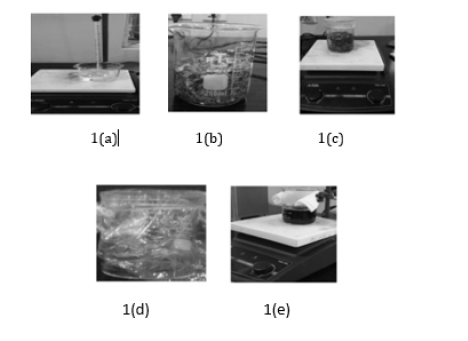
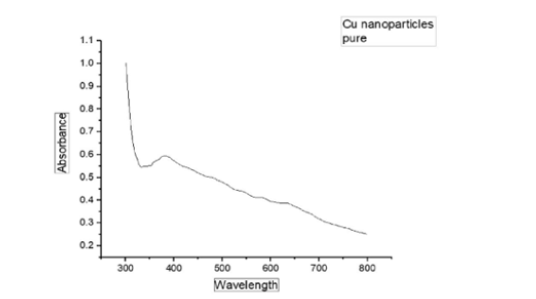
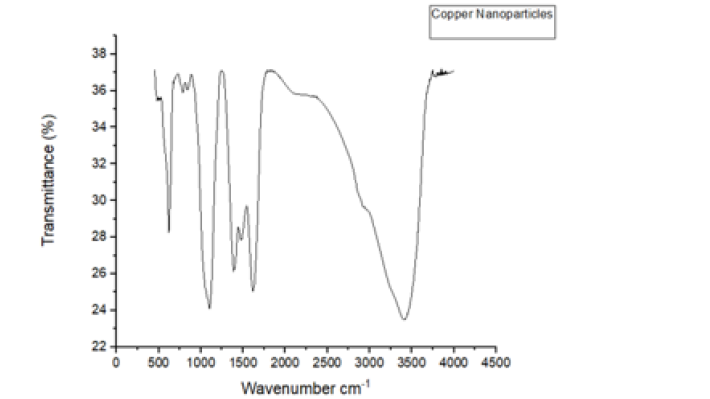

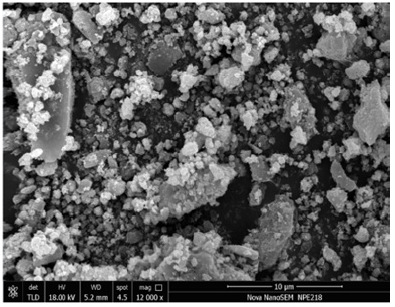
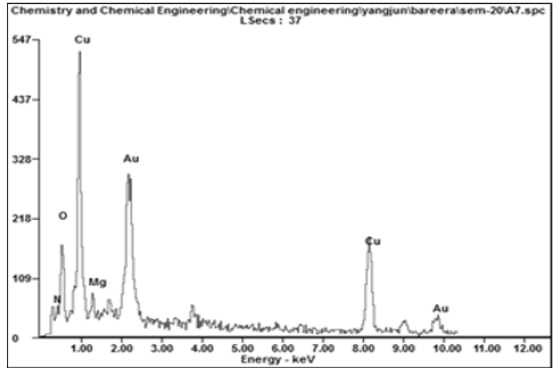


 We use cookies to ensure you get the best experience on our website.
We use cookies to ensure you get the best experience on our website.